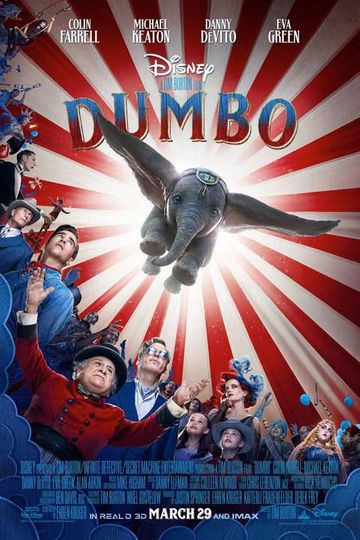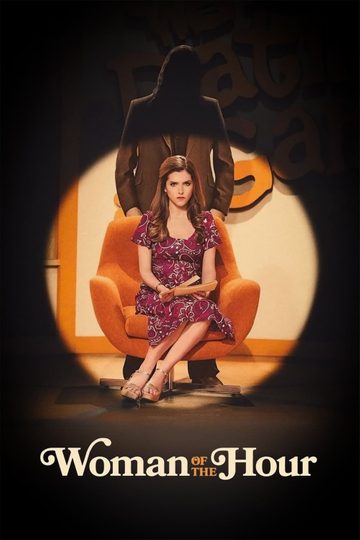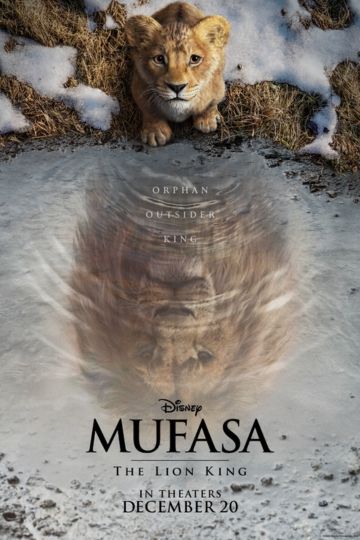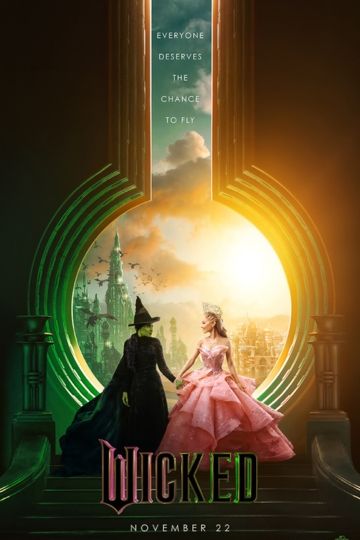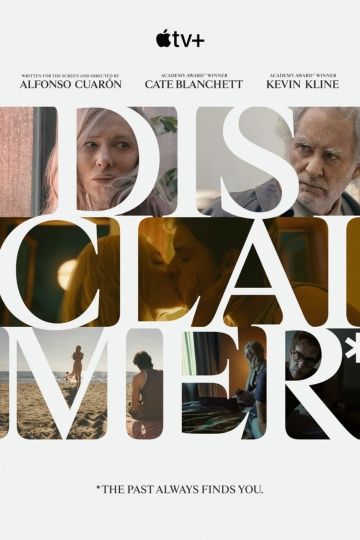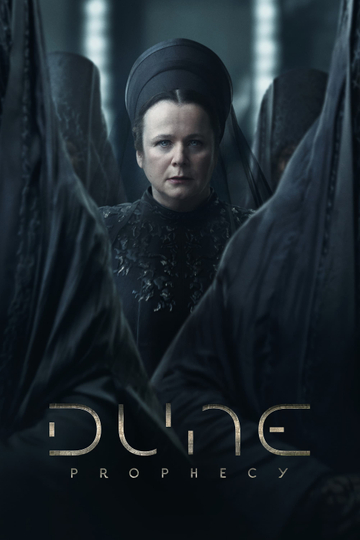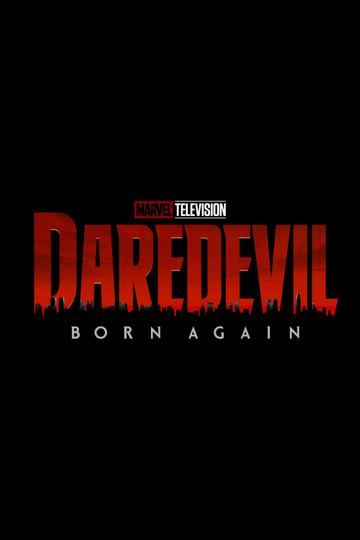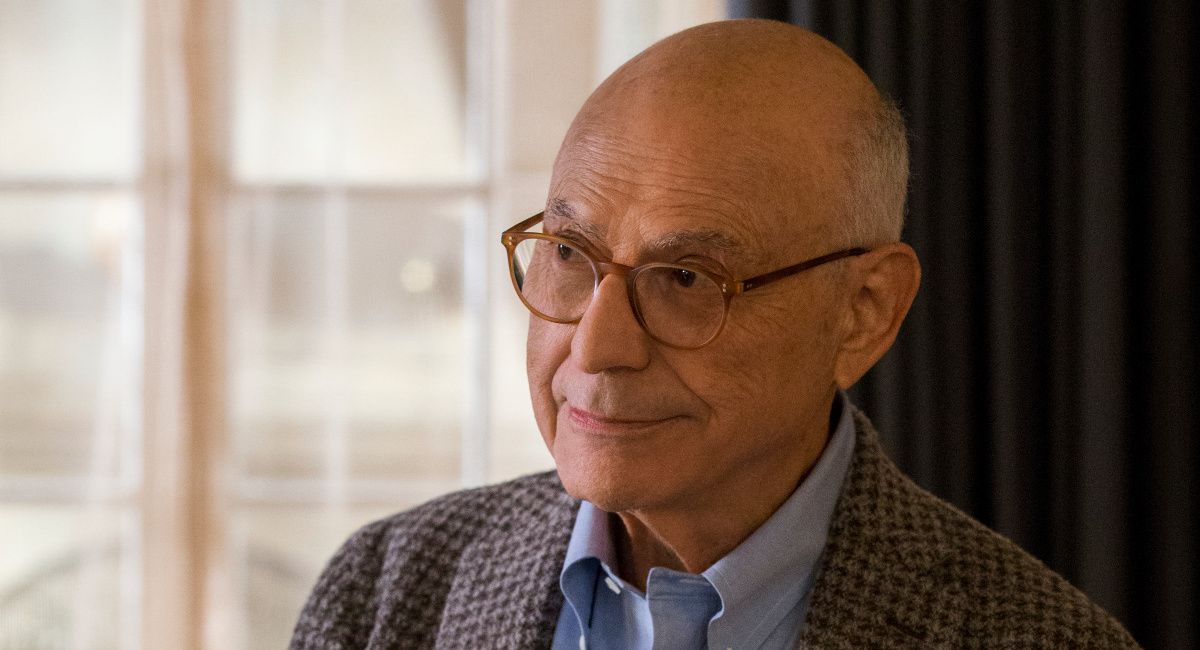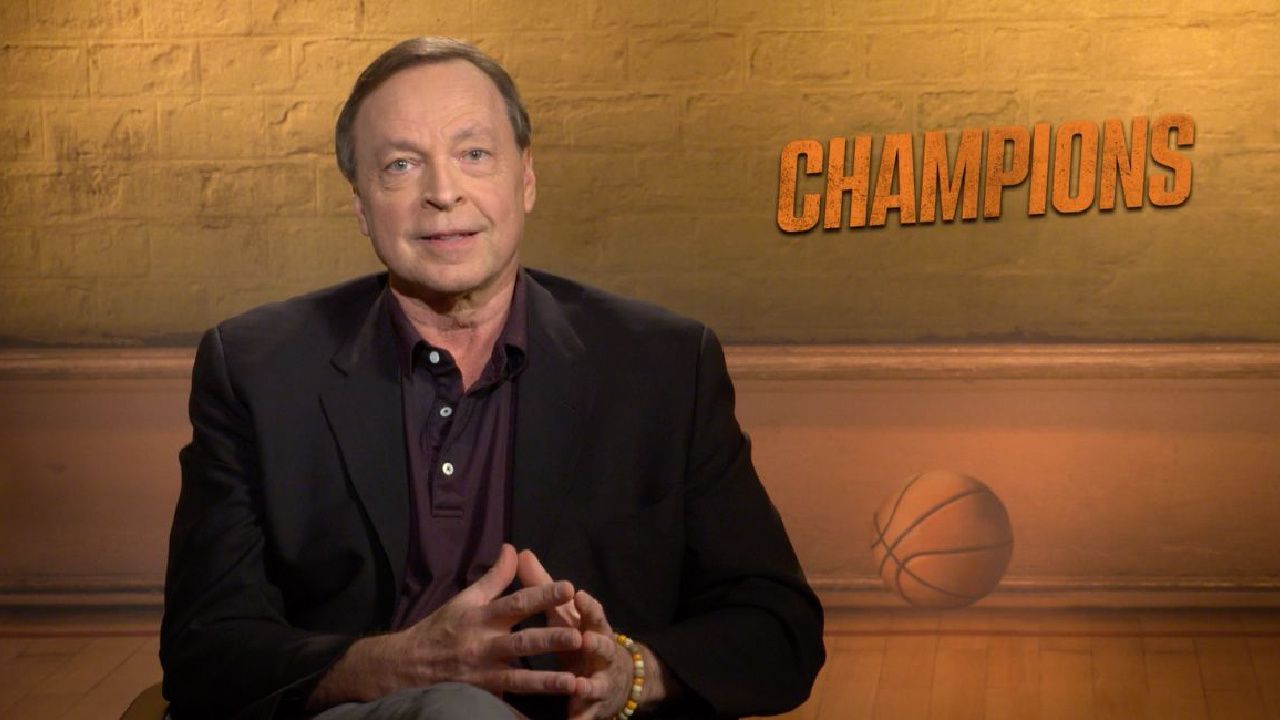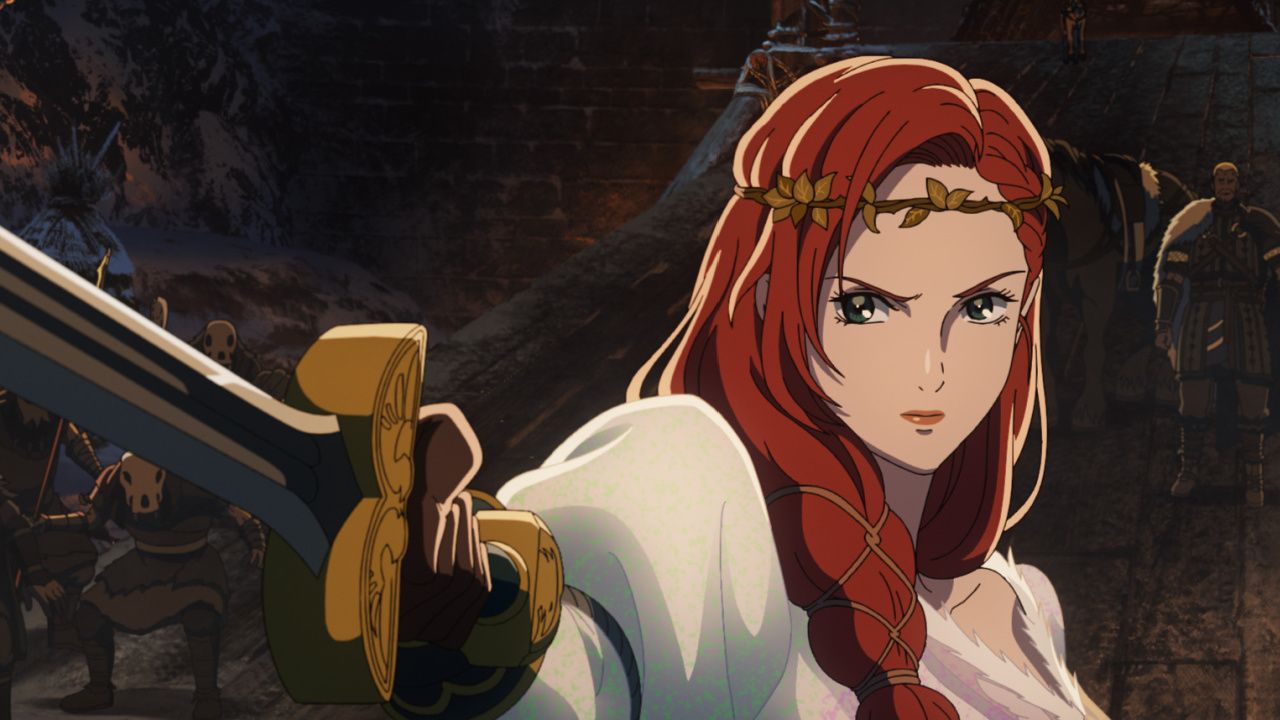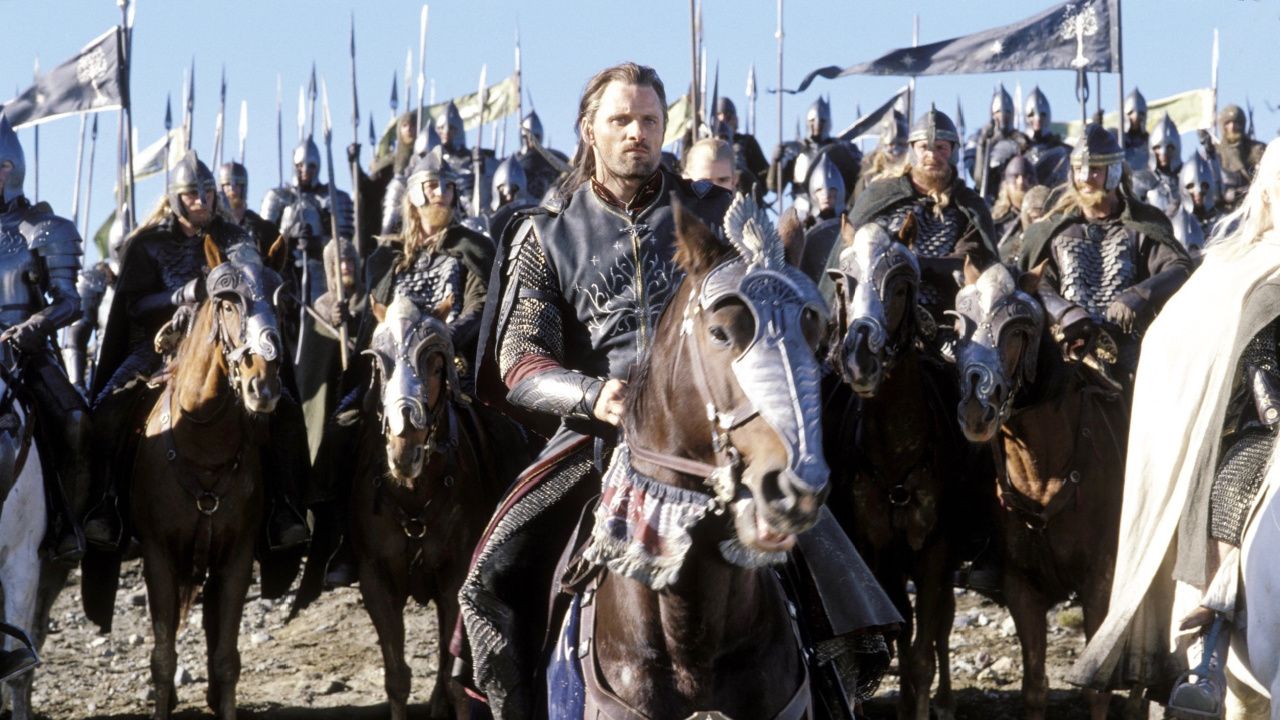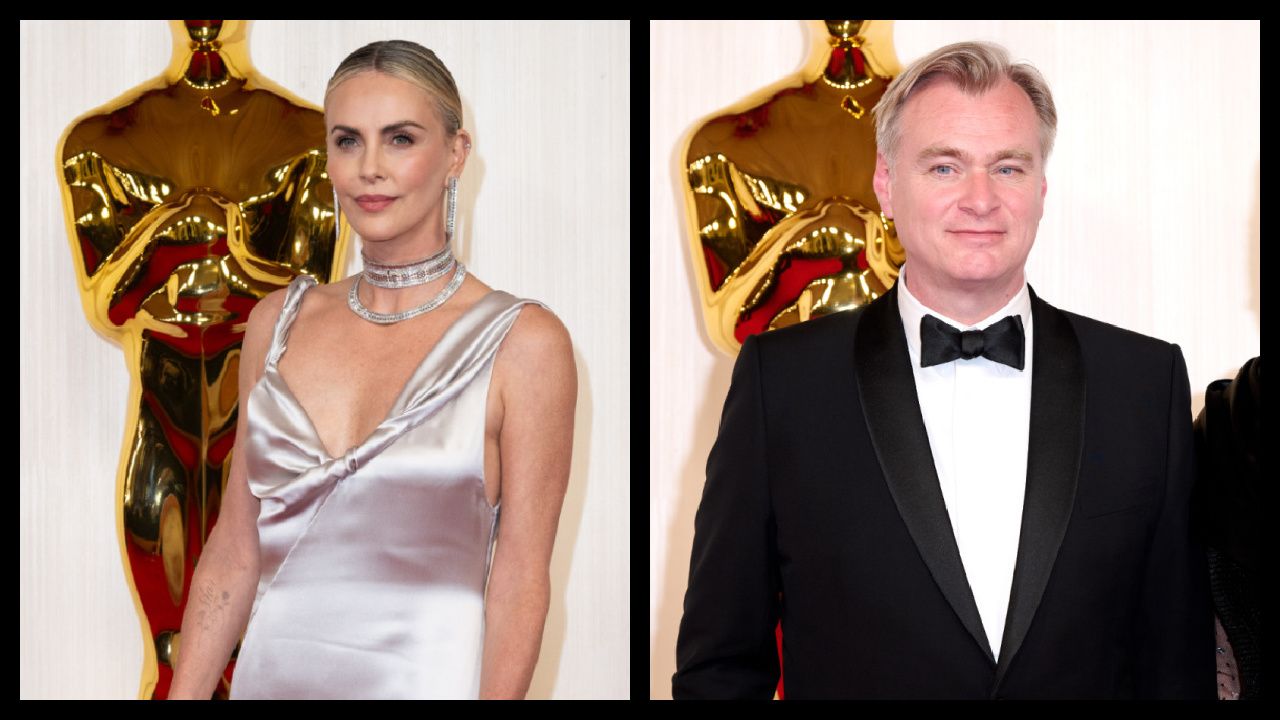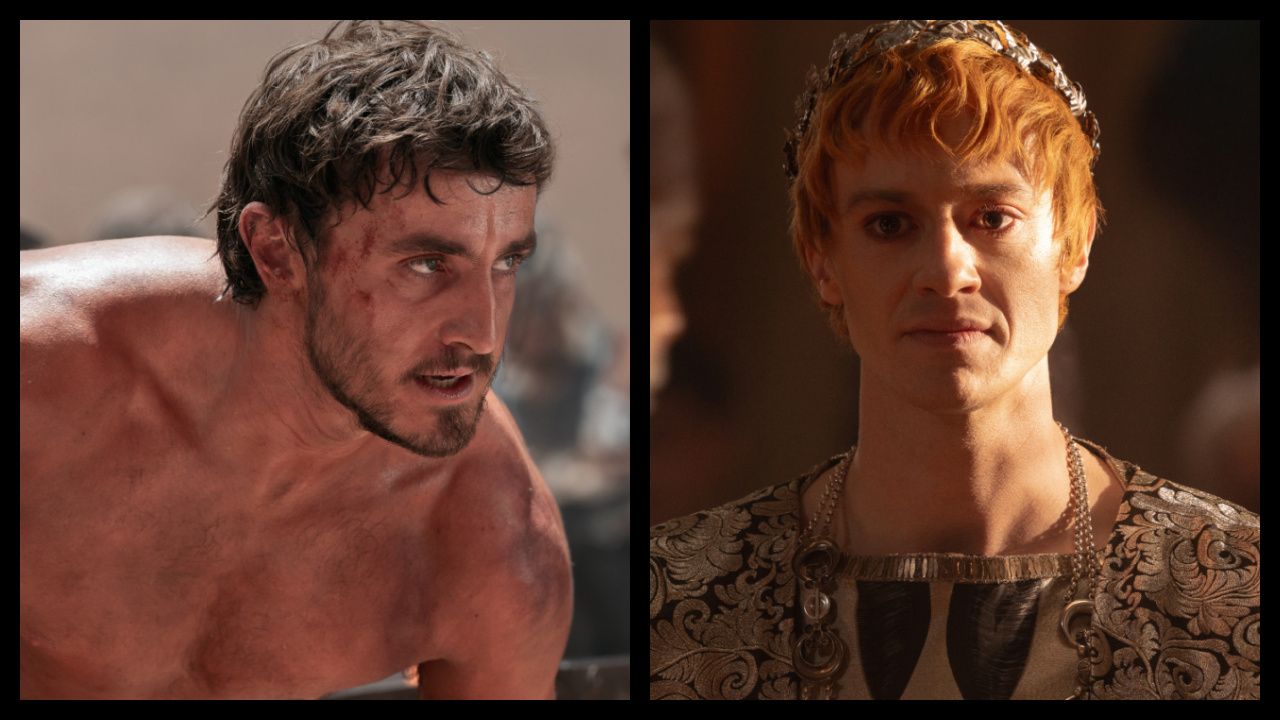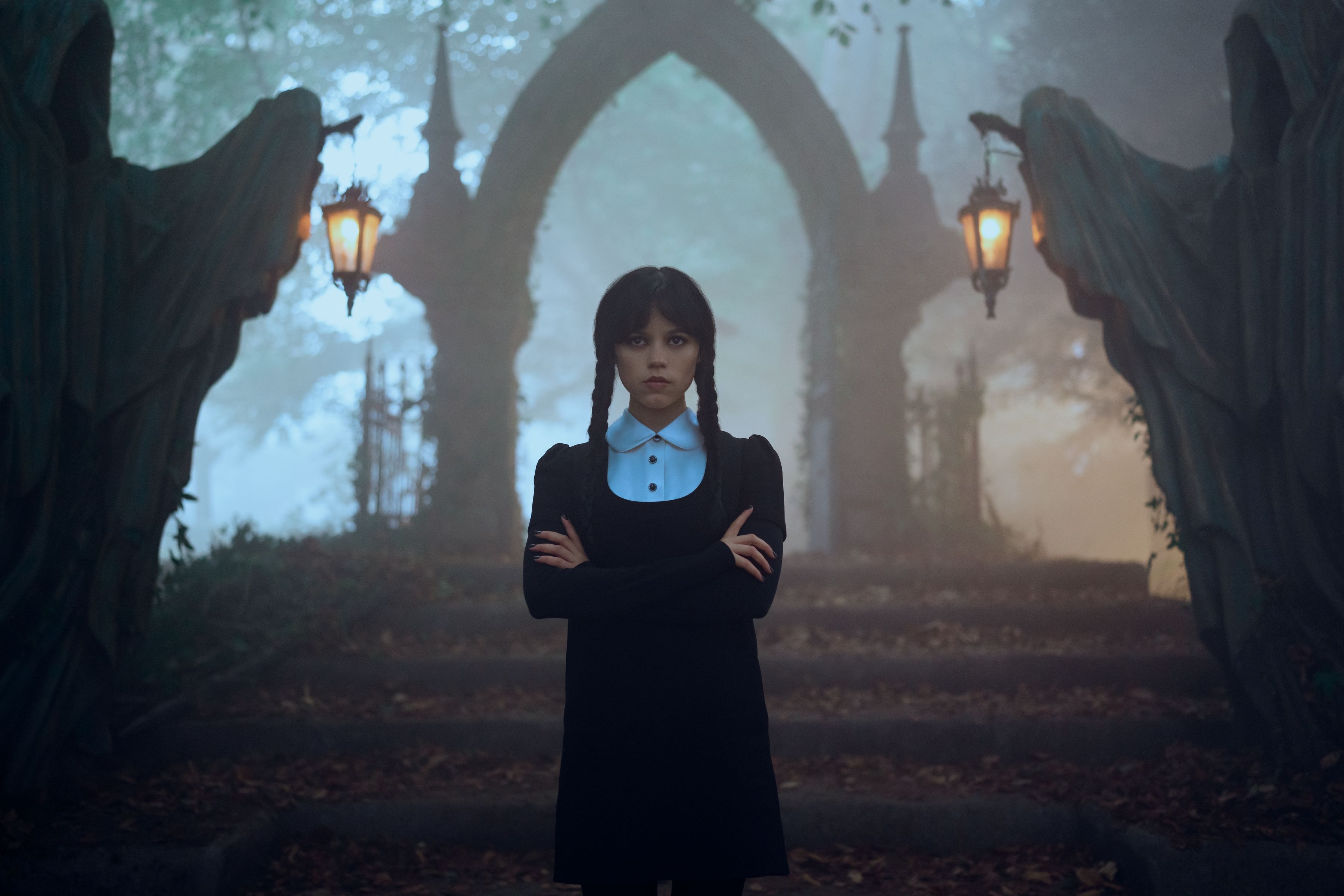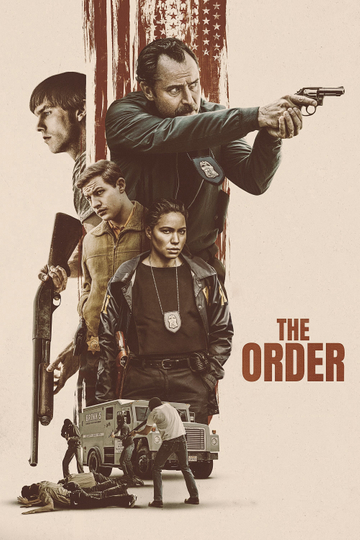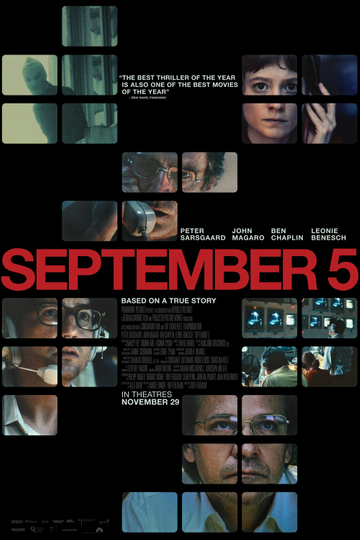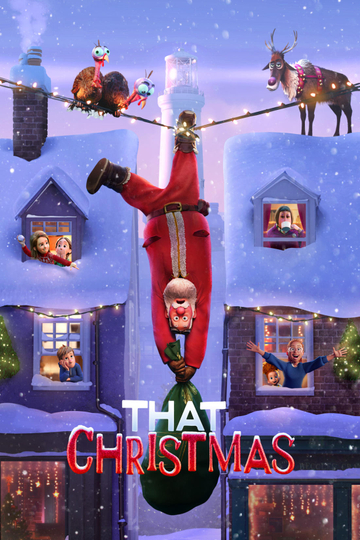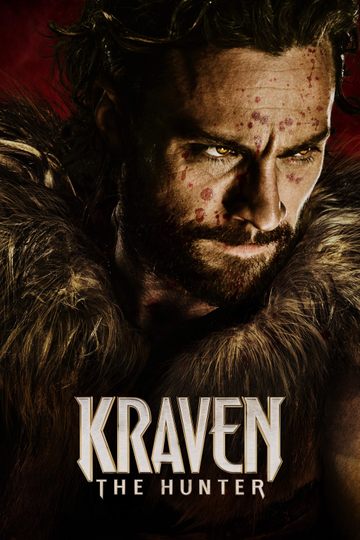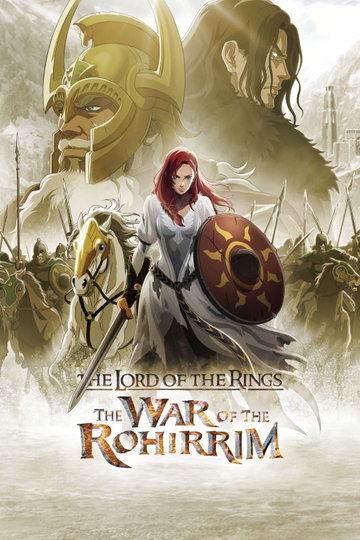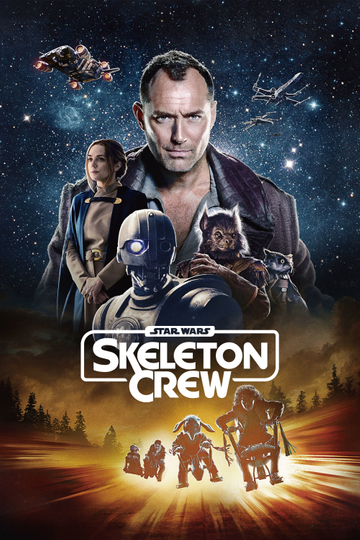‘Dumbo’ Producers Derek Frey and Katterli Frauenfelder on How ‘Alice in Wonderland’ Influenced the Production
When you watch “Dumbo,” Tim Burton’s fantastic reinvention of the beloved Disney animated classic (you know, the one that made Harry Truman cry), it’s hard to not think about what it must have taken to pull off. Besides wrangling an impressive cast of heavy hitters (many of them, like Danny DeVito, Eva Green and Michael Keaton, Burton regular players), the scope and scale of the production is totally staggering – countless costumed extras (all in period-specific and still Burton-whimsical garb), giant physical sets, and a main character who didn’t actually exist. It’s an epic in every sense of the word.
And much of the logistical planning and preparation fell to “Dumbo” producers Derek Frey and Katterli Frauenfelder, who we were lucky enough to sit down with for a few minutes in Beverly Hills. During our discussion we talked about what it took for Burton to say yes to another live-action remake of an animated classic, how long it took to get Dumbo right, and what they learned from the notoriously difficult “Alice in Wonderland.”
From your point of view, what made “Dumbo” so perfect for Tim and for reinvention?
Derek Frey: There’s so much to pull from. Dumbo is one of the original outsiders. It’s one of the first feature films from Disney and he is an outsider. Tim has such a great history, almost every single one of his films revolves around an outside. So that combined with the fact that it comes from Disney and it’s animation. It’s almost like a personification of Tim himself. He started at Disney, he started in the animation world, he has a history of outsider characters that are animated. So to bring a 2D animated character into a reimagining of a live action motion picture for Disney, aside from all the story points and the lovely script, Tim felt like the right person to pull from his toolbox. And the final result shows that.
Katterli Frauenfelder: And he was very emotionally attached to the story and to Dumbo.
Did it take any convincing for him to do another animated-to-live-action adaptation?
Frey: Here’s the thing – we receive a draft of a script from Disney, we see that it’s “Dumbo” and instantaneously you kind of go, Here’s another reimagining. But after Tim read it, he understood pretty quickly that, yes, it’s another reimagining but it’s lovely. It’s ideal. It’s perfect. He was really touched by the story. It was actually a very quick process. I don’t think Disney expected him to respond as quickly as he did. It was immediate and it was, Count me in. And that’s rare. That hardly ever happens.
And there are stories that he was offered other live-action remakes.
Frey: He had dabbled in a couple and it didn’t work out. Here’s the thing – a lot of those original Disney animated films deal with all the things of life – love, loss, tragedy and good messages in there. I think Tim as a child was greatly impacted by those things. So the idea, with the technology that’s available now, that you could believably create that elephant in a live action film and do it successfully, that was something that really interested him.
On a technical level, this movie is filled with huge sets. How much of that was a response to his experience on “Alice in Wonderland” and just having a green sheet up?
Frauenfelder: A lot. Because I think that he really feels that, though “Alice” went really well and we did our best to give a reality to the actors, Tim felt very strongly that as much set as we could have for the actors to act against and react to and with, was very important to him in this one. We even had a little guy who played Dumbo so that the children always had eyes to look at and also the other actors. I think it was very important. There was always a connection to the set or to Dumbo. I think that, for Tim, it became very important after “Alice.”
Frey: I think there’s also something about embedding a computer-generated character into a live environment. Because if you are dropping “Dumbo” into a virtual environment, that’s kind of two levels into something that your brain processes and knows is not reality. But with real sets, the challenge was, Okay now we’re going to drop this elephant into real lighting scenarios and interaction and touch and all of those things. A movie like “Jungle Book” proved that you could animate at that level. But those were virtual sets so. That’s the real change up in this film – the sets are real, the actors are real, but we’re dropping the star of the film into that.
How long did it take to finesse that character into existence?
Frey: We finished last week. Listen, MPC did an incredible job but Tim saw what the technology could do and he just kept pushing and pushing and pushing it until we had to finish the movie.
Frauenfelder: And Tim is a perfectionist so he sees every detail of Dumbo. But it was last week.
Frey: I think they’ve learned a lot. I think they learned a lot. They brought things to an entire new level. And it shows when you watch the movie. You question, “Is that real? How are they touching it?” I’m astounded when I see it.
There’s the old metaphor of movie productions being like circuses. Was this movie more Medici or more Dreamland?
Frauenfelder: It was both.
Frey: No, it was both. Because our production was split up very much like the film is – where, the first half you’re in that Medici world. We didn’t shoot necessarily in order but we did do more Medici stuff at the beginning and then we went to Dreamland. There was definitely a parallel there. But I will say that the group that works primarily with Tim over the years, we’re Medici. We’re a ragtag bunch of misfits who believe in something and get behind Tim to help him. It is life imitating art a bit.
“Dumbo” flies into theaters nationwide tonight!
